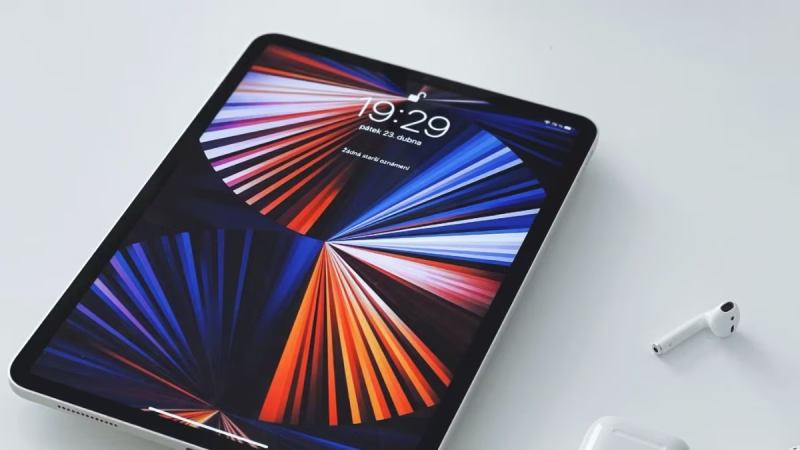Technology
The steps to utilize burst mode with your iPhone volume button: iOS 14

Technology
Google Introduces AI Model for Precise Weather Forecasting
Technology
Apple may be Introducing AI Hardware for the First time with the New IPad Pro
Technology
AI Features of the Google Pixel 8a Leaked before the Device’s Planned Release
-

 Technology4 weeks ago
Technology4 weeks agoApple’s MacOS 15 Announcement may Include AI Features for Compatible Macs
-

 Technology4 weeks ago
Technology4 weeks agoAI Data Center Designs Developed in Partnership with NVIDIA by Schneider Electric
-

 Technology4 weeks ago
Technology4 weeks agoThales Introduces AI Platform Tailored for Defense Industry
-

 Technology4 weeks ago
Technology4 weeks agoMarketeam.ai Unveils Ella: A New AI Agent for Social Media Marketing
-

 Technology4 weeks ago
Technology4 weeks agoTheta Labs Unveils Theta EdgeCloud Alongside Additional AI Models
-

 Business2 weeks ago
Business2 weeks agoArtificial Intelligence’s Function in Changing Worker Engagement in the Digital Age
-

 Business3 weeks ago
Business3 weeks agoRico Suarez’s Journey: From Gig Worker to CEO Transforming the Moving Industry with Muvr
-

 Technology4 weeks ago
Technology4 weeks agoGoogle.org Launches AI Accelerator to Fund Innovative Nonprofit Projects














